Echoes of the Past
A deeper look into the music venues that captured the essence of an era, and why the magic can still be felt today.
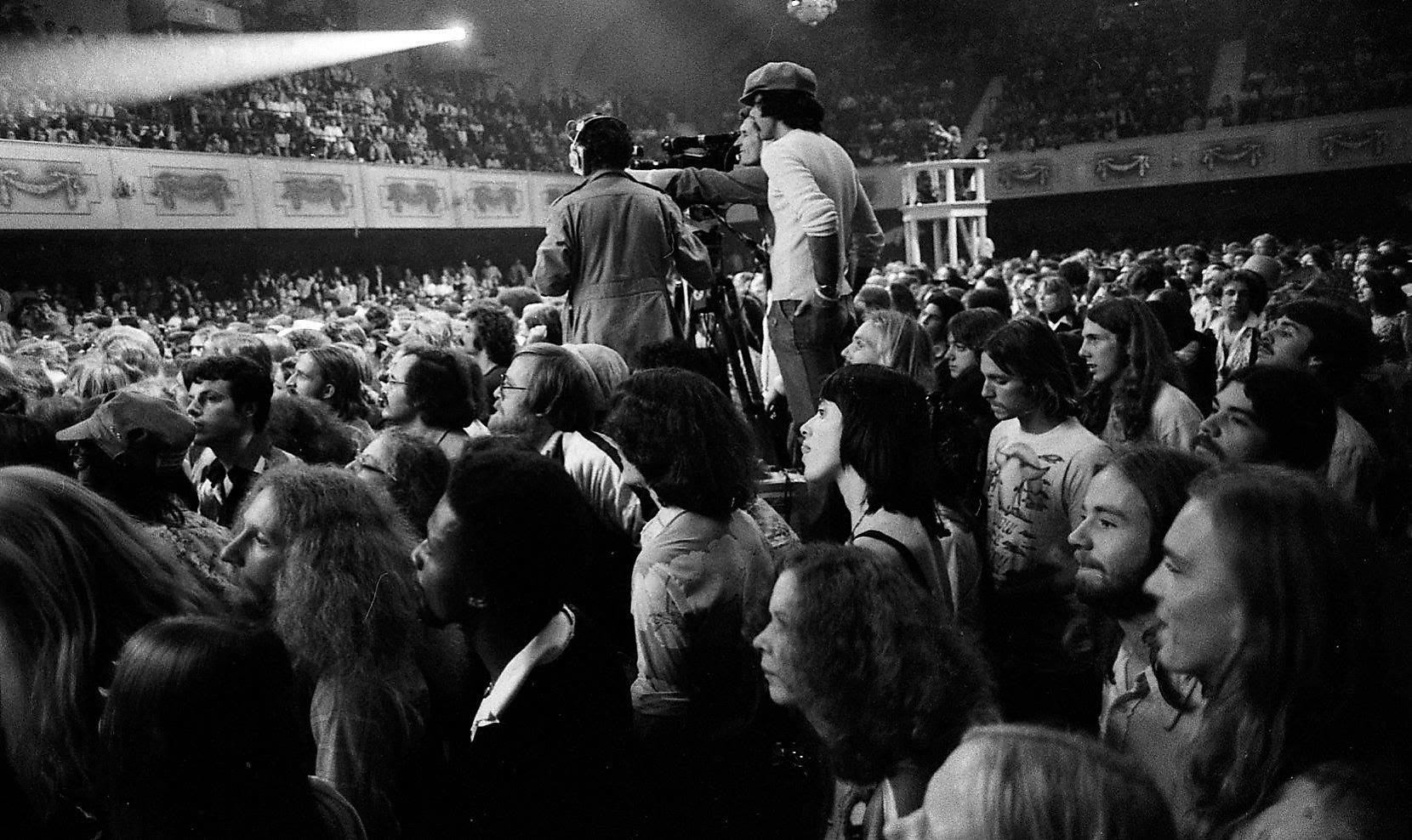
Not long ago, live music was much easier to come by. You could often see some of the day's greatest acts for a combined $10 or less. No Ticketmaster, no added fees. Just a flat, inexpensive price to experience one of mankind's universal languages - music. Rock N' Roll music and its configurations have long been the dominant force of live concerts. From the the clubs of the late 1960s, to the boom of the arena tour era of the 1970s, the venues of yesteryear loom large in the preservation of these historic musical turning points. Perhaps better than any, three former venues embody an era of simplicity, when things were easier to come by, and the overall product was genuine. The music came from the heart. San Francisco's Winterland Ballroom, New Haven's Coliseum and New York City's Max's Kansas City are three sites that may no longer stand, but the mystique and holding power of the three still linger in the air, decades following their closures.
"It's amazing how that dilapidated old building can evoke such strong emotions."
Bill Graham's Winterland Ballroom
San Francisco, California
It started as an ice rink. It ended as one of the most popular touring destinations of the 1970s. Legendary concert promoter Bill Graham took control of the Winterland Arena in 1966, where he promoted acts that were too big for smaller nearby venues like the Fillmore Auditorum and Avalon Ballroom. By the time Graham shut it down in 1978, the hall had held 612 shows.
In the late 1960s, San Francisco was the epicenter of the counterculture movement. Promoter Bill Graham, a German-American who fled Nazi Europe in his late teens, was front and center. He opened the Fillmore West and Fillmore Auditorium, while booking shows at other California venues, such as the Avalon Ballroom, Cow Palace and Oakland Coliseum. Once he shut down New York City's Fillmore East in 1971, Graham turned all of his attention towards the home base - San Francisco. His shows were usually highly anticipated, as he frequently booked unusual pairings on the same bill. One night you may have seen Miles Davis and the Grateful Dead, or Joe Cocker and Van Morrison. Winterland was his house, and it was booked night in and night out. The venue was a hotspot for Bay Area mainstays, like the Dead, Janis Joplin, Quicksilver Messenger Service and the Jefferson Airplane.
"I still miss it and I drive around the block where it stood all the time, listening for the ghosts and appreciating what we still have now."
The Grateful Dead were the unofficial house band of Winterland, playing there a combined 60 times. In 1974, the groups film, 'The Grateful Dead Movie,' was filmed there. Aside from the Dead, Winterland was the site of the Band's legendary farewell show, documented in Martin Scorcese's film, the Last Waltz. In 1978, during a time of great dysfunction for the group, it was the site of the Sex Pistol's last ever show. Lead singer Johnny Rotten left the stage questioning the audience, saying, "Do you ever feel like you've been cheated?"
Loyal visitors of the venue may have felt like they were cheated, when Bill Graham announced announced plans to close the building in 1978. He wouldn't renew the lease for the old, crumbling building, due to costs being too high. However, the former ice rink went out with a bang on New Year's Eve 1978, as the Dead, New Riders of the Purple Sage and the Blues Brother played for over six hours. For a venue that had seen nearly every major act come through its hallowed doors, it was quite the fitting end.
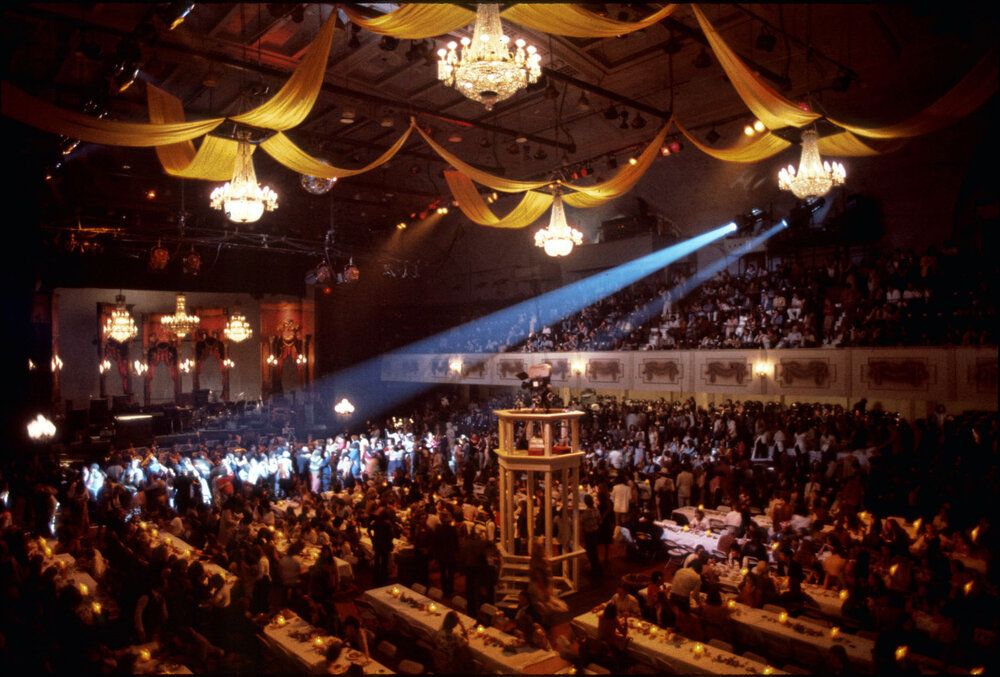
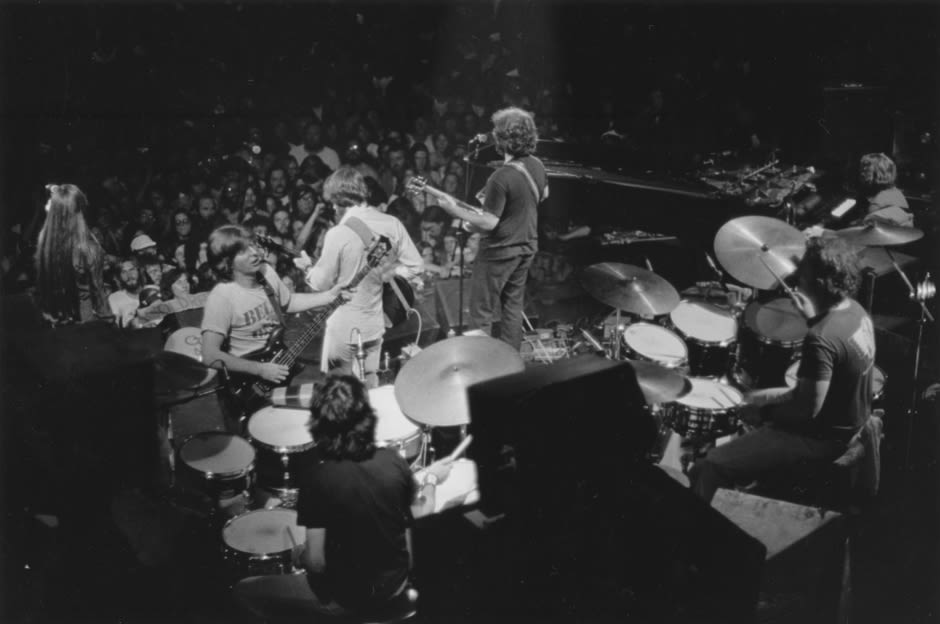
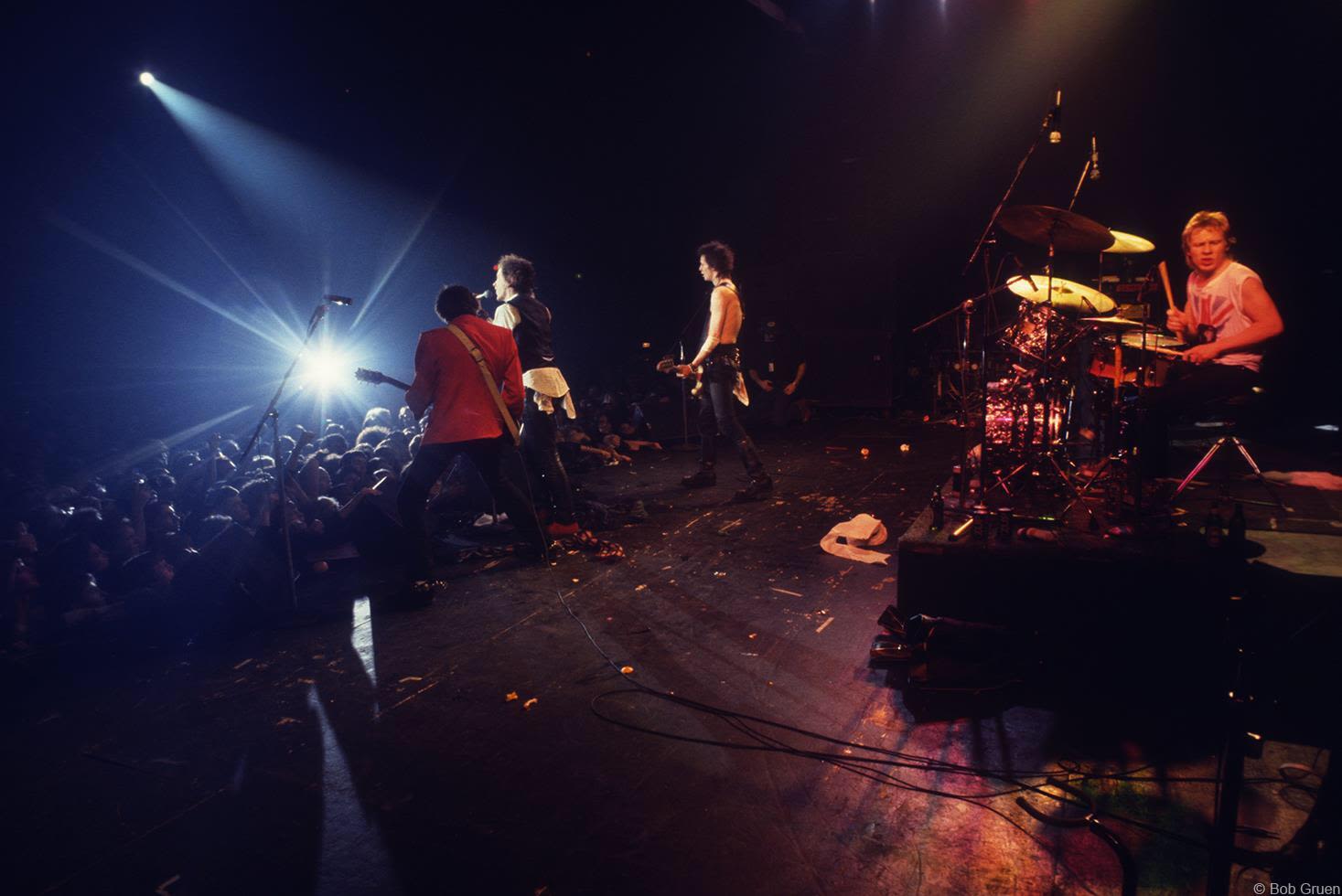

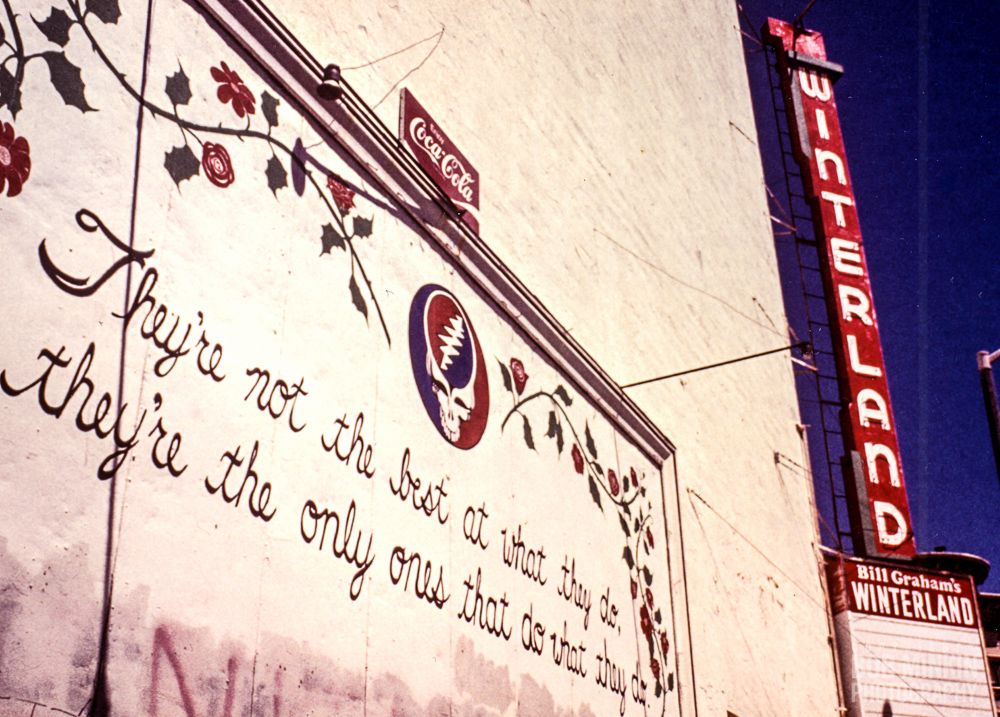
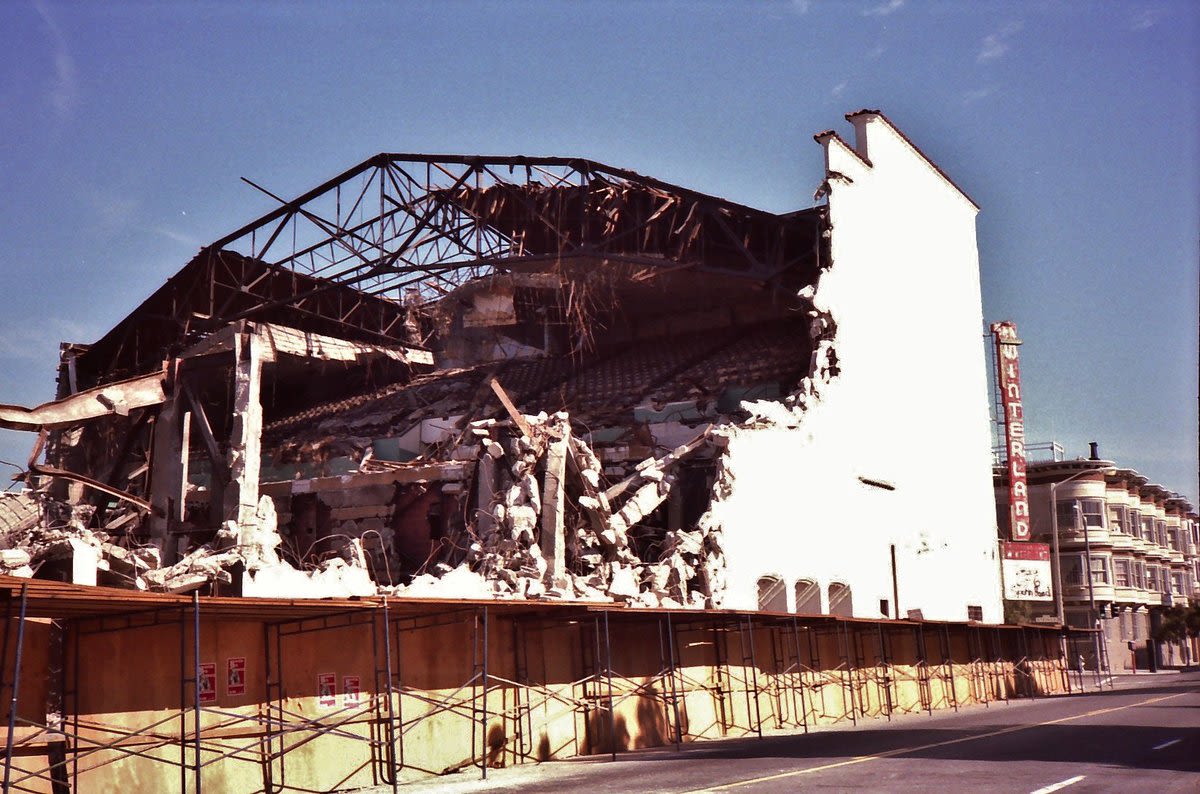
The home of a generation, gone in an instant. 1985.
The home of a generation, gone in an instant. 1985.
Winterland was eventually demolished in 1985 and replaced by an apartment complex. Though it has been over 41 years since the halls closure, its legend still remains in the minds of those who called it home for so long.
"While it was just a building, it was iconic, and lives on in the memories of those who went there. It was more than a concert venue, it had life. It was real. It was truly unique."
"The building was a great building for concerts. People loved going there."
New Haven Veterans Memorial Coliseum
New Haven, Connecticut
If you drive into New Haven, next to the Knights of Columbus building off Connecticut's I-95 Turnpike, you will see an ordinary parking lot. But from 1972 to 2002, the area was occupied by the once-glorious 'Coliseum.' The arena was the source of joy for many, frequented by the eras biggest stars, from Queen, Bruce Springsteen, Elton John and many more. It was also the source of problems for the city, with a crumbling structure and decaying appearance that ultimately led to its demolition in 2007.
Constructed by New Haven-based architect firm Roche-Dinkeloo, the Coliseum was as unique as it was unorthodox. Due to the limited area it had to work with during construction, it featured a parking lot on top of the arena itself, with a tight, spiraled alley leading to the top. While its appearance was unusual, inside was anything but. The Coliseum was Connecticut's premier venue for major touring acts, a stretch that last more than 30 years. It held just over 11,000 spectators for shows, with ample room on the floor and steep balcony sections. The upper sections of the balcony were known to house rowdy crowds, where banners for performing acts flew freely. In 1986, Van Halen filmed its live concert film, 'Live Without a Net' at the Coliseum. In the film, many shots of the Coliseum and its raucous crowds can be seen.

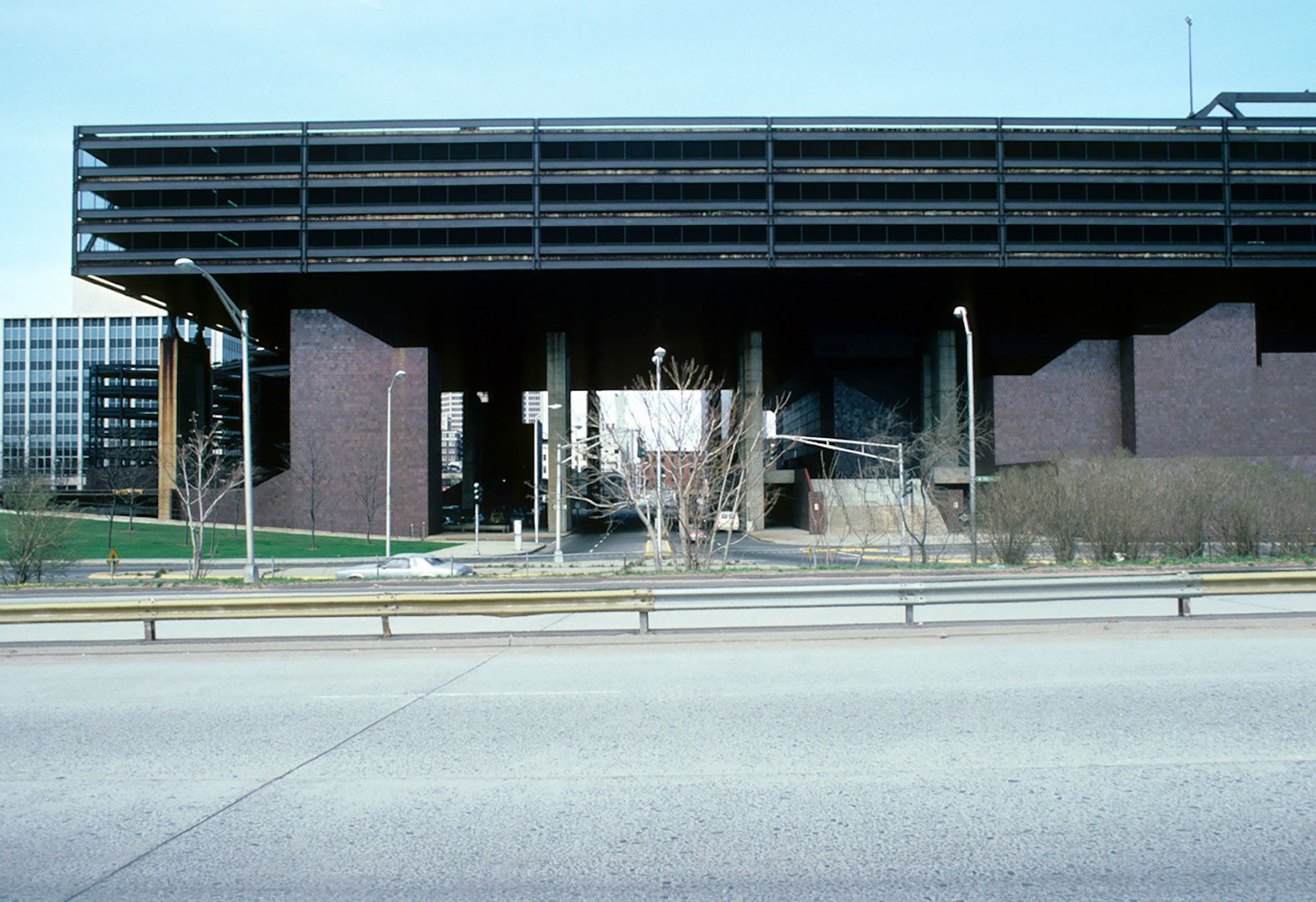
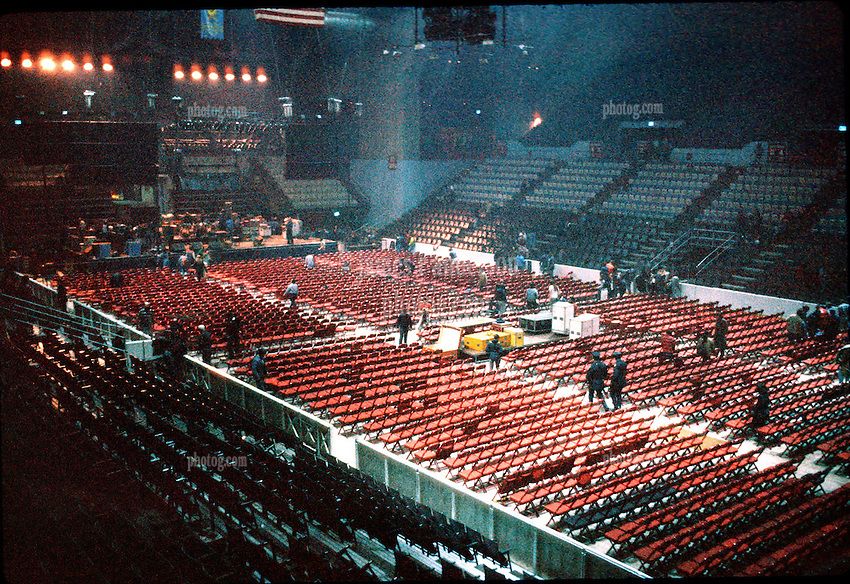
The cavernous arena was no stranger to legendary acts. Elvis Presley played there three times from 1975-76. In 1978, Bruce Springsteen played the Coliseum during his critically-acclaimed 'Darkness Tour.' During the Grateful Dead's now famous May 1977 run, the group played there on May 5, with some fans labeling it the best show of the tour.
During his 1975 Rolling Thunder Revue tour, Bob Dylan made a two-night stop at the Coliseum. Along with Dylan himself, the concerts featured Joan Baez and Ramblin' Jack Elliott, among others. Backstage, Dylan met a 26-year-old Bruce Springsteen.
"Because it's small, the sound is nice. There was never a bad seat in the house."
By the end of the Coliseum's run in 2002, it had hosted 694 shows. In addition to its status as a concert hall, it was home to the AHL's New Haven Knighthawks from 1972-92. Due to the rising popularity of other in-state venues like the Mohegan Sun Arena and now-Webster Bank Arena, the Coliseum's historic run came to an end. It didn't help that chunks of the arena's exterior occasionally fell onto the streets below. Former New Haven mayor John DeStefano Jr. didn't see the need to revive the old building, opting instead to finally bring it down. Its demolition was attended by thousands. Onlookers clamored to catch one last glimpse of a place that held so many memories of their collective past.
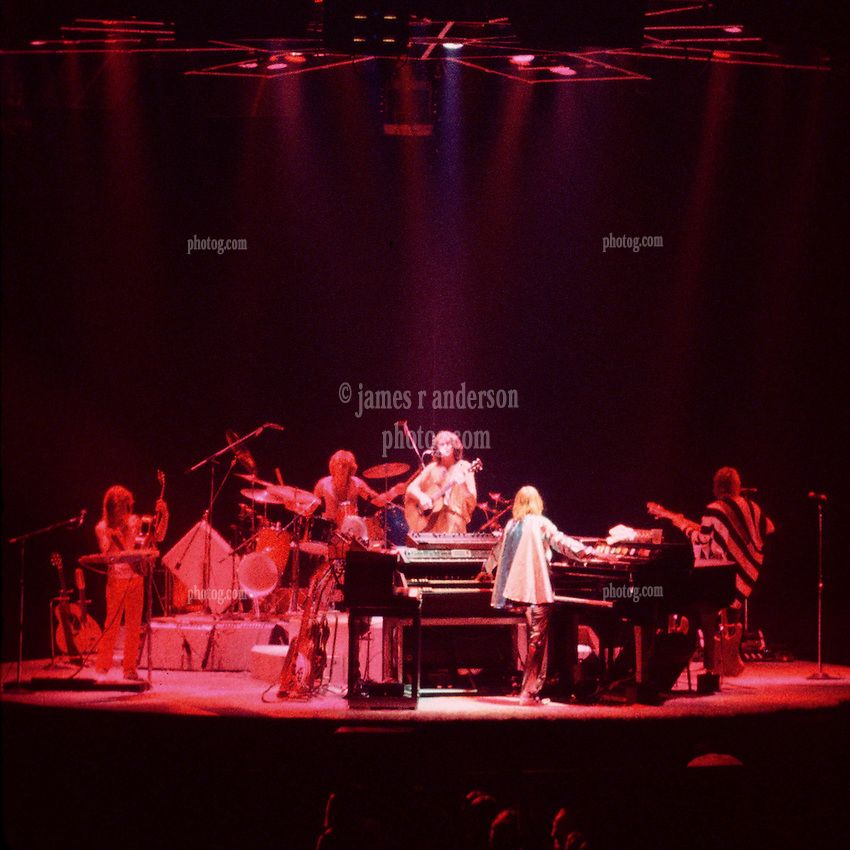

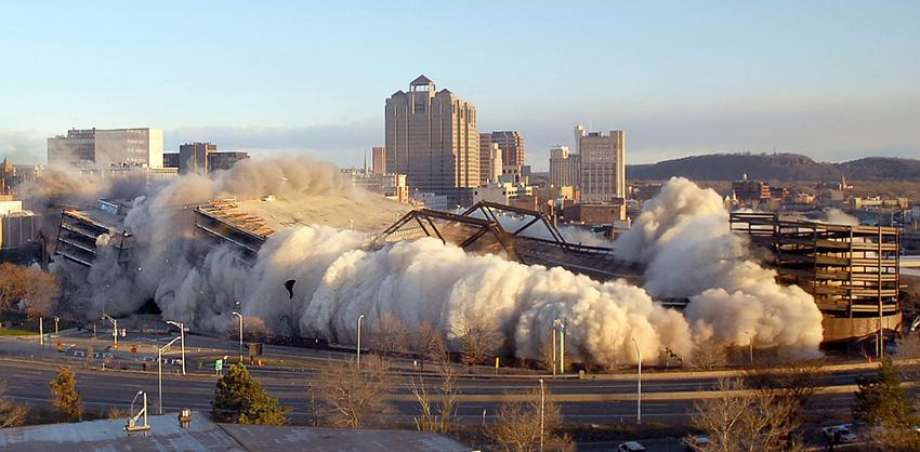
"Max's is where pop art and pop life came together."
Max's Kansas City
New York City, New York
New York City was, and still is, home to many iconic music venues of the past. Decades ago, Bill Graham's Fillmore East, the Palladium, CBGB and the Bottom Line reigned supreme. But, there was always one hole in the wall venue that stood out from the rest. Just a block from Union Square Park once existed Max's Kansas City, a gathering place for intellectuals, musicians, poets and free spirited individuals. Nowadays, the area that once housed the small, hip venue is a food market. But in the late 1960s and early 1970s, it was the place to be.
If you went to Max's, you probably had some interest in the arts, politics or music. On any given night, you could have seen iconic figures of the era. Maybe Andy Warhol was in its famous back room with his entourage, or Allen Ginsberg was sipping coffee with Rene Richard. Behind them may have been Iggy Pop, David Bowie and Alice Cooper. Max's was a safe space for those who thrived in both the glam rock scene and New York artistry. For music, it was an intimate setting, where audiences could see some of the days top acts just feet away.
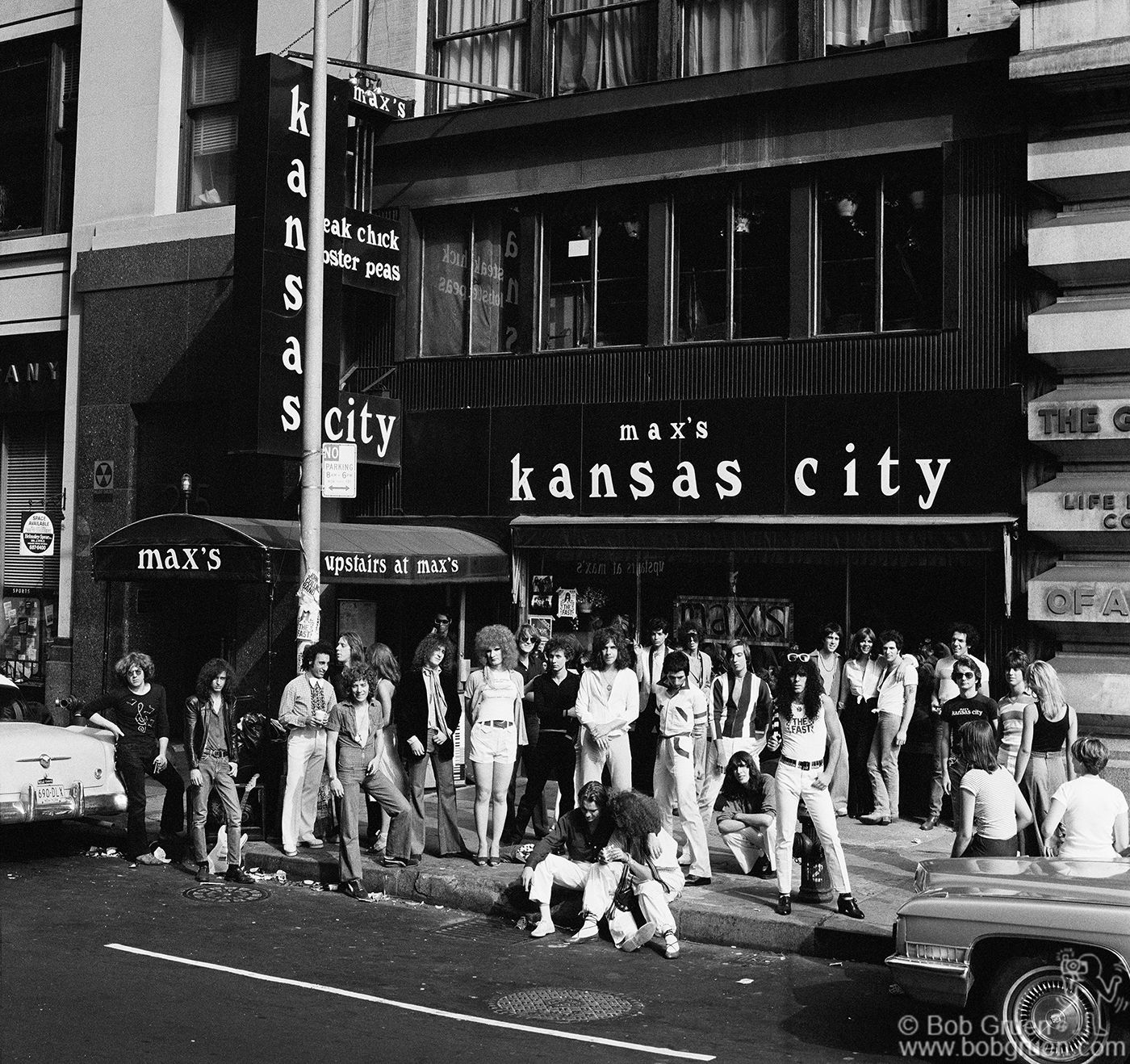

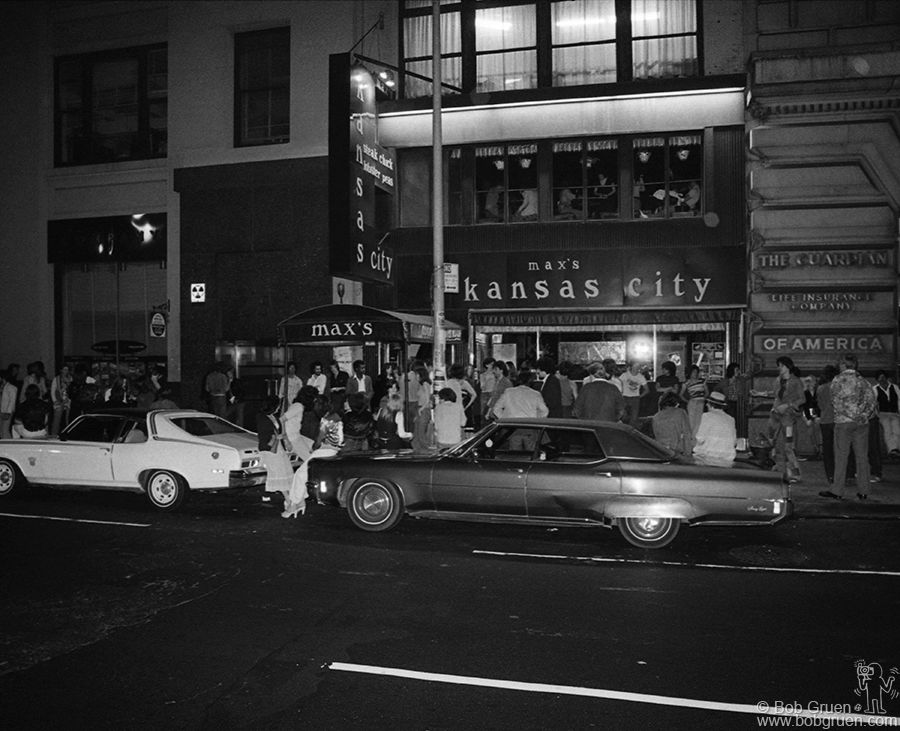
Max's was the regular spot for Lou Reed and the Velvet Underground, playing there an astonishing 67 times from 1969-1970. Devo (pictured to the left) certainly left an impression in its performances there, displaying ultra-short shorts and pantyhose over their heads. For seven straight nights in November 1972, Donald Fagen and Walter Becker played there. Of course, they went by the name 'Steely Dan', a name that would soon become a mainstay in popular rock music.
A young Bruce Springsteen performs 'Growin Up' at Max's in 1972.
In 1973, the then-unknown reggae singer named Bob Marley and his band the Wailers opened for Bruce Springsteen, who was just beginning to gain mainstream popularity. At the time, Bob Marley had yet to gain a following in the United States. Promoters thought that pairing him with Springsteen would broaden his reach to American audiences. It was Marley's first shot at gaining an audience from New York City, stops on his 'Catch a Fire' tour. The string of shows were instrumental in Marley's introduction to the United States, a land he would soon gain superstardom in.
Following the decline of the glam rock era, Max's was quick to foster the ensuing punk rock explosion. The Bowery's CBGB was the home of punk, but Max's got its fair share of top acts, too. The Ramones played a string of shows there in 1976, while Patti Smith appeared at Max's on a near-monthly basis from 1973-74.
"At Max’s you were welcome, once inside, it was the most welcoming atmosphere."
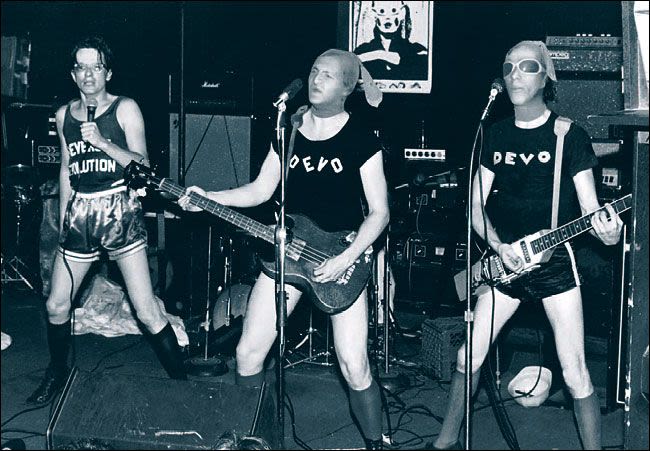
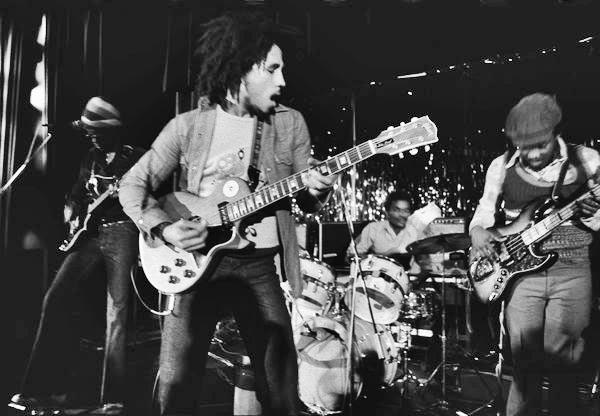
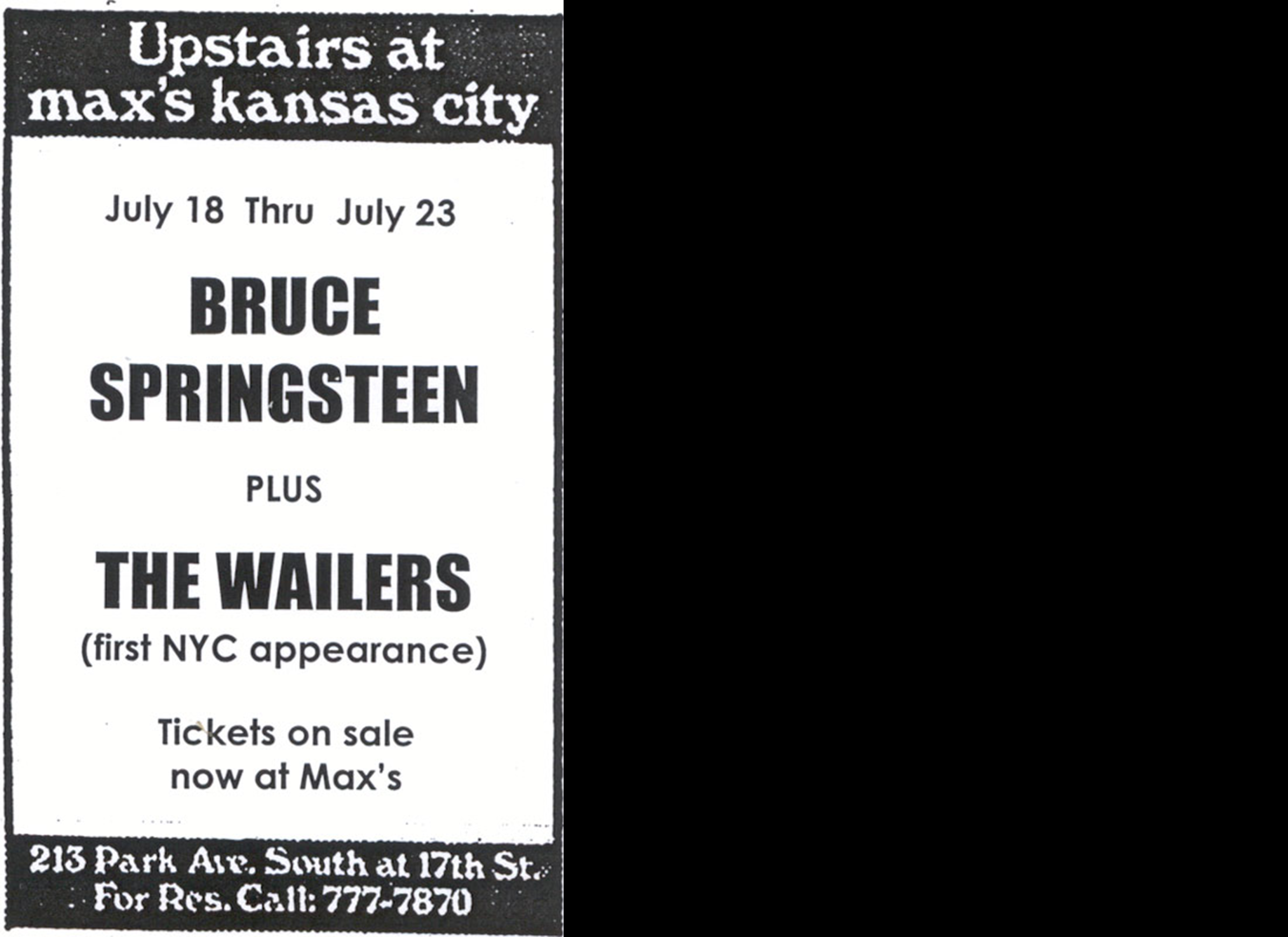
After some up and down years in the late 1970's, the original Max's closed its doors for good in 1981. The final act to perform there was Bad Boys, with the Beastie Boys as openers. The building is still there, though it now houses a food marketplace. If you walk near it on Park Avenue South where it once stood, you can stand under where its awing once hung. You can look up where its former sign read, 'Steak, lobster, chick peas.'
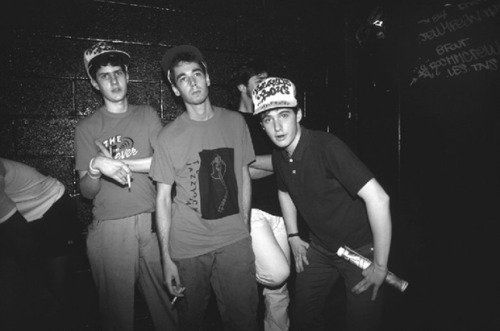
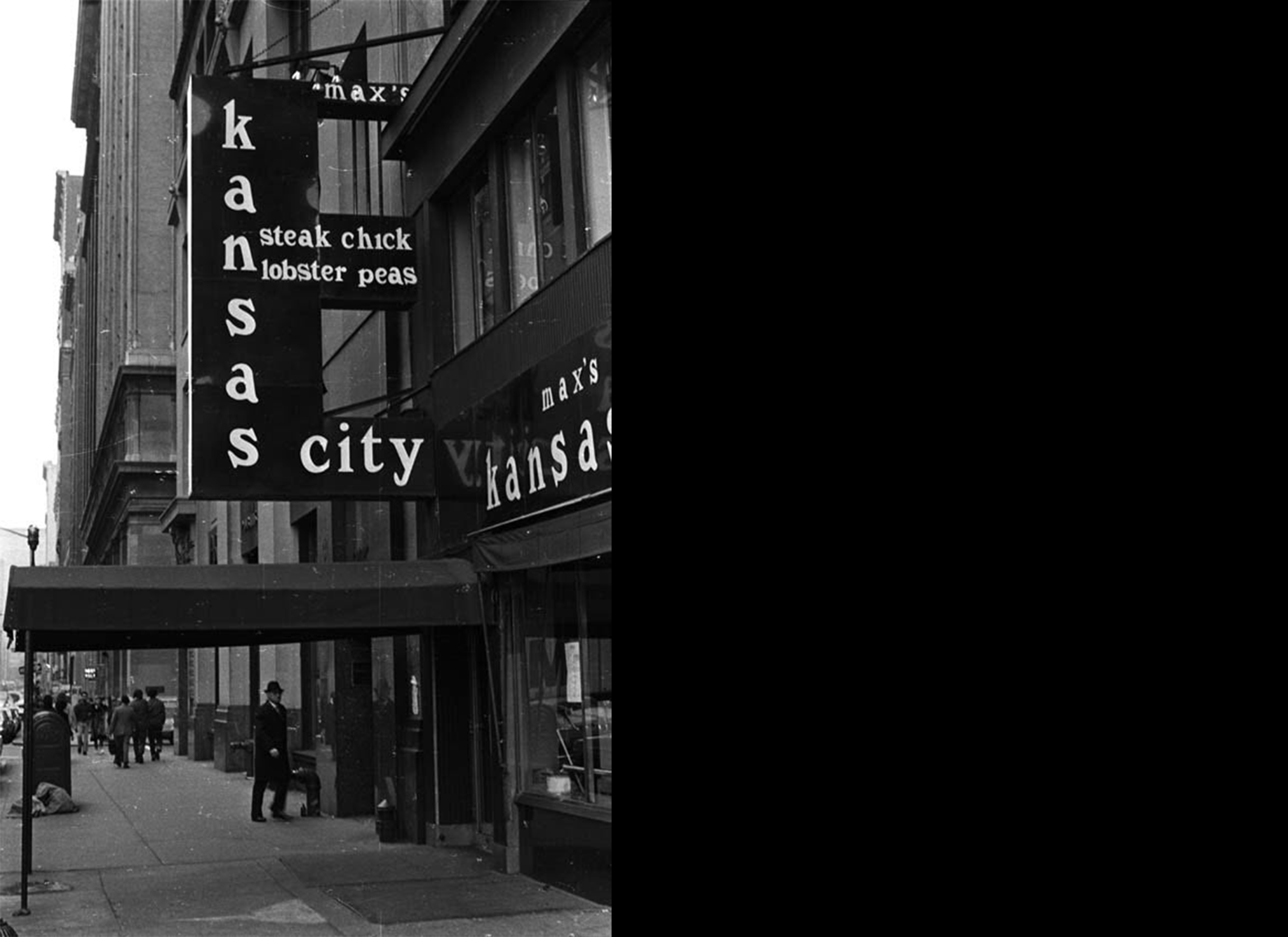
These three venues had unique, distinct characteristics that made them legitimate destinations. One was a mid-size arena in California, a beacon for artists touring in the west. In New Haven, the Coliseum became the must-stop sports arena for touring artists, despite its crumbling structure. Max's was the epitome of a simpler time in New York City, when artists of all kinds roamed the tight confines of a two-floor building near Union Square Park.
All of them represent the past, but their memories represent what live music ultimately still can be - a temporary escape from the rigors of real life. These venues had character, personalities and drawing power to masses. They lived and breathed. When music was easier to see up close and personal, these were just a handful of the places to be. The memories they hold indeed live on forever in the minds of those who were there. The structures may be long gone, and the sounds that were made in them might just be distant sound waves now. But, these venues are historical placeholders in the chronicles of live music and the artists that were once so accessible, and so common to see. Make no mistake, though. Their magic is still in the air if you take the time to look for it.
